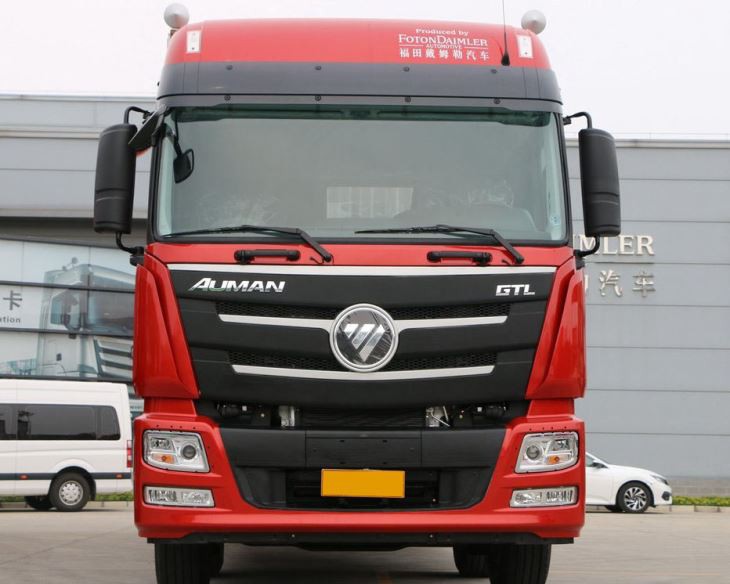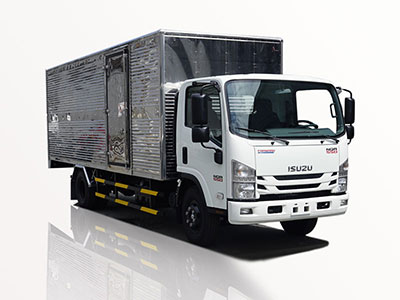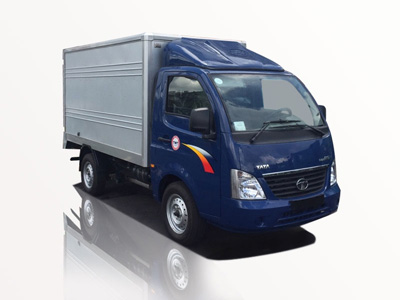Introduction
When it comes to moving or transporting goods, choosing the right truck size is crucial. Among the various sizes available, the 14 feet truck has become increasingly popular for both personal and business use. This versatile vehicle is ideal for a range of applications, from transporting furniture to small business deliveries. In this comprehensive guide, we will explore everything you need to know about 14 feet trucks, including their specifications, advantages, typical uses, and tips for renting or buying one. We also answer some frequently asked questions so that you can make an informed decision tailored to your needs.
What is a 14 Feet Truck?
A 14 feet truck is a medium-sized rental truck that typically measures around 14 feet in length. These trucks are designed to offer a balance between cargo capacity and maneuverability, making them an excellent choice for various types of transportation. They come in different configurations, such as box trucks or moving trucks, and usually have a gross vehicle weight rating (GVWR) of between 10,000 to 14,000 pounds.
Specifications of 14 Feet Trucks
| Specification | Detail |
|---|---|
| Length | 14 feet |
| Width | 6.5 to 8 feet |
| Height | 8 to 10 feet |
| Payload Capacity | Up to 3,500 pounds |
| Fuel Type | Gasoline or Diesel |
| Transmission | Automatic or Manual |
Advantages of Using a 14 Feet Truck
Many users favor 14 feet trucks over other sizes for a variety of reasons. Here are some of the significant advantages:
1. Versatility
Whether you are moving across town or transporting merchandise for a business, a 14 feet truck is versatile enough to handle various loads. Its size allows it to be used for small-scale moves, deliveries, and even as a catering truck.
2. Easy Maneuverability
Compared to larger trucks, a 14 feet truck is easier to maneuver through tight spaces and narrow streets. This makes it an excellent choice for urban environments where parking may be limited.
3. Cost-Effective
14 feet trucks usually come with a lower rental price than larger vehicles while still offering ample cargo space. This makes them a budget-friendly option for those who need to move or transport items without incurring high costs.
4. Sufficient Cargo Space
With a cargo area that can accommodate various items, from furniture to appliances, a 14 feet truck provides more than enough space for most small to medium moves.
Examples of What You Can Fit in a 14 Feet Truck
- A one-bedroom apartment’s furniture
- About 800 cubic feet of items
- Multiple boxes and small appliances
- Office furniture for a small business
Common Uses for 14 Feet Trucks
14 feet trucks serve multiple purposes. Here are some common uses:
1. Residential Moves
These trucks are perfect for moving homes, especially for families or individuals who don’t have a significant number of belongings. They can easily fit couches, beds, and kitchen appliances.
2. Commercial Deliveries
Small businesses often use these trucks for deliveries. They are large enough to carry bulk items like furniture or electronics but still compact enough to navigate busy streets.
3. Event Transportation
From catering supplies to stage equipment, event planners often utilize 14 feet trucks to transport gear for weddings, parties, and corporate events.
4. DIY Projects
Individuals may rent a 14 feet truck for personal projects like home renovations, transporting supplies and tools to and from the worksite.
Tips for Renting a 14 Feet Truck
Renting a truck can be straightforward, but there are several factors to consider for a successful experience. Here are some tips:
1. Reserve in Advance
Whether it is a weekend or a holiday, it’s best to reserve your truck in advance to ensure availability.
2. Compare Prices
Check multiple rental companies to find the best deal. Look for any hidden fees, such as mileage charges or fuel costs.
3. Understand the Terms
Read the rental agreement carefully, including the insurance options and liability coverage. It’s wise to know what you’re responsible for in case of damages.
4. Know Your Driving Limits
Make sure you’re comfortable driving a larger vehicle. Some rental companies require a special license for larger trucks.
5. Check for Damages
Before you take the truck, inspect it thoroughly for any existing damages and report them to avoid charges at return time.
Packing Tips for a 14 Feet Truck
Efficient packing can make a significant difference in how much you can fit and the safety of your belongings during transport. Here are some packing tips:
1. Plan Your Layout
Arrange larger, heavier items first at the back of the truck and lighter items on top. This helps to balance the load and prevents shifting during transit.
2. Use Blankets and Straps
Secure your belongings with moving blankets and straps to prevent damage. This is especially important for fragile items.
3. Disassemble Furniture
Where possible, disassemble furniture to save space. It’s easier to pack smaller pieces rather than bulky items.
4. Fill Gaps
Use boxes or cushions to fill any gaps in the load. This prevents movement and potential damage while driving.
Buying a 14 Feet Truck: What to Consider
If you are considering purchasing a 14 feet truck, here are several factors to weigh:
1. Assess Your Needs
Understand how frequently you’ll use the truck. A higher usage may justify a purchase rather than renting.
2. Evaluate New vs. Used
Decide whether you want a new truck with a warranty or a used one that may come at a lower price but with some wear and tear.
3. Financing Options
Research financing options if you decide to buy. Compare terms, rates, and monthly payments to find a plan that fits your budget.
Environmental Impact of Trucks
With a growing focus on sustainability, it’s important to understand the environmental impact of vehicles, including 14 feet trucks.
1. Fuel Efficiency
Evaluate the fuel efficiency of the truck, as this can significantly affect your overall carbon footprint. Trucks with better fuel efficiency will be more environmentally friendly.
2. Emission Standards
Look for trucks that comply with the latest emission standards. Many manufacturers are now producing more eco-friendly options.
3. Maintenance
Regular maintenance can improve efficiency and reduce emissions. Keep your truck well-maintained to minimize its environmental impact.
FAQ Section
1. How much can a 14 feet truck carry?
A 14 feet truck can typically carry up to 3,500 pounds of cargo depending on the specific model and configuration.
2. Can anyone drive a 14 feet truck?
Most people with a standard driver’s license can drive a 14 feet truck. However, it’s always best to check with your rental agency for specific requirements.
3. What is the average cost of renting a 14 feet truck?
The rental cost can vary widely based on location, duration, and demand, but it typically ranges from $100 to $200 per day, excluding mileage and fuel costs.
4. How do I prepare for moving day with a 14 feet truck?
Prepare by planning your route, packing your items securely, and organizing friends or family to assist with the move. Ensure you also have sufficient time set aside for loading and unloading.
5. Are there weight limits for a 14 feet truck?
Yes, there are weight limits based on the vehicle’s gross vehicle weight rating (GVWR), which usually ranges from 10,000 to 14,000 pounds for 14 feet trucks.
6. What insurance is necessary when renting a 14 feet truck?
Rental companies typically offer insurance options, including collision coverage and liability coverage. It’s advisable to consider these to protect yourself against damages.



